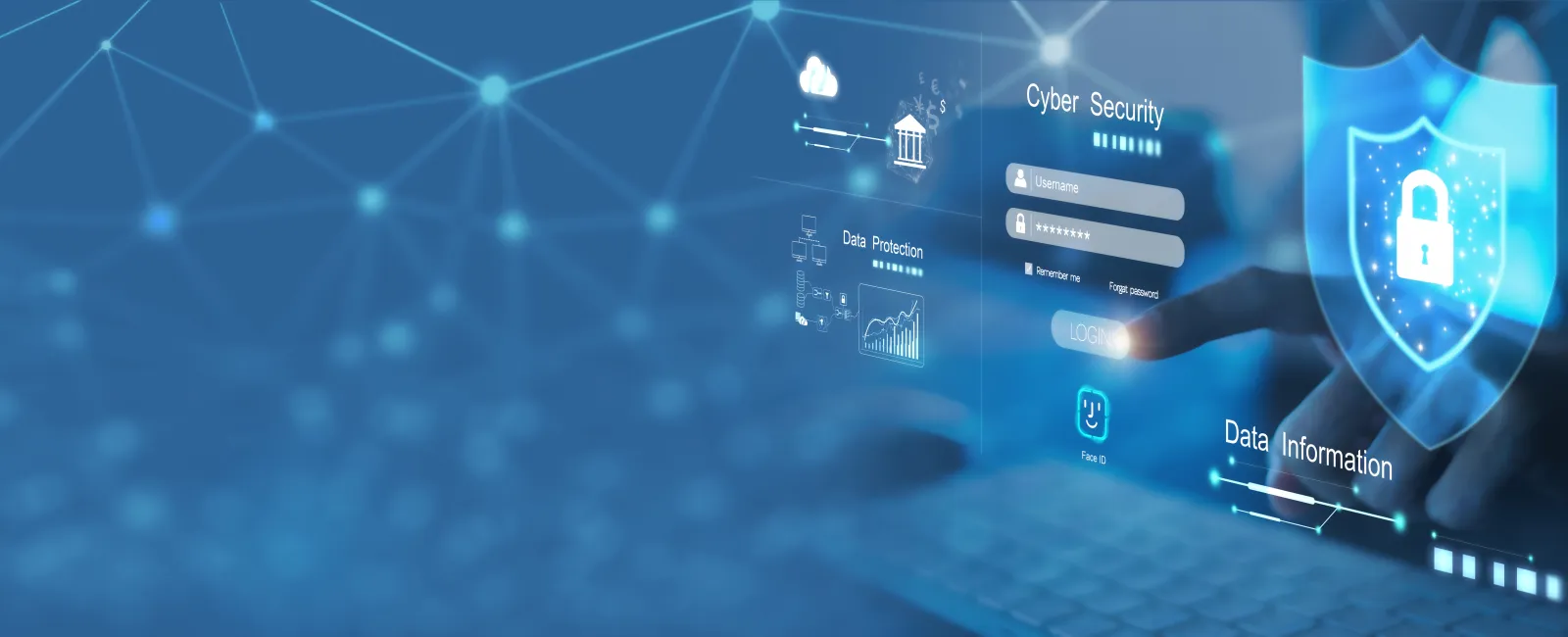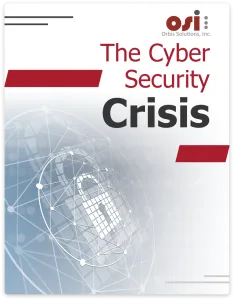
Have you ever mistyped a URL while looking for a specific website and ended up on a completely different, often suspicious site? This practice, known as cybersquatting, not only undermines the digital presence of businesses and individuals but also presents a serious challenge in the dynamic realm of cyber security. It's possible to fall victim to a cybersquatted domain without even realizing it.
Here's what you should know about this form of cybercrime:
What is Cybersquatting?
Cybersquatting, or domain squatting, is the malicious act of registering a domain name that is deceptively similar to that of a well-known entity, whether it's a company, organization, or individual. The primary intent is usually financial gain, as cybersquatters attempt to profit from the reputation and success of established brands. The impact of cybersquatting goes beyond financial damage, potentially tarnishing the reputation of its targets.
Types of Cybersquatting
Cybersquatting can take various forms, each posing unique threats. Here are the most prevalent types:
Top-Level Domain (TLD) Exploitation: A TLD is the last segment of a domain name, like ".com," ".co.uk," or ".org." It's challenging for small to medium-sized businesses and public figures to secure every possible TLD variation of their name. Cybercriminals exploit this by registering similar domains under different TLDs, which they use for harmful activities such as hosting offensive content or launching phishing attacks, often demanding payment from the legitimate domain owners for removal.
Typosquatting: This involves the deliberate registration of misspelled domain names to capture traffic from common typing errors. These sites typically lead to malicious websites. For instance, variations of "Facebook.com" might include:
- Faecbook.com
- Facebokk.com
- Faceboook.com
Such misspellings can attract significant traffic due to the frequency of typos.
- Look-Alike Cybersquatting: In this method, cybersquatters register domains that include common words or slight alterations that might not seem misleading at first glance but are designed to deceive. For example:
- Original: Google.com
Lookalike: G00gle.com - Original: Amazon.com
Lookalike: amaz0n.com or amazon1.com - Original: Microsoft.com
Lookalike: Microsofty.com
These domains may not appear deceptive initially but are effective in misleading users.

